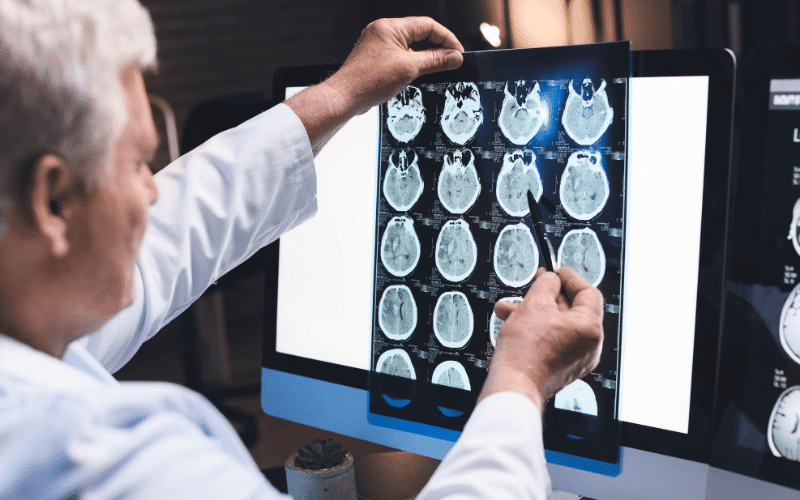Introduction: Unveiling the Layers of Concussion

When we speak of health hazards, concussions, mild traumatic brain injuries (mTBI), or mild head injuries (MHI) are often not given the weight they deserve. Despite their common occurrence, they remain overlooked, mostly due to a lack of understanding of their potential implications. This piece aims to fill that void by discussing in detail the ten most prevalent symptoms of a concussion, thereby enhancing your understanding and ability to respond effectively in case of such incidents.
Concussions, though typically classified as ‘mild’ traumatic brain injuries, can have far-reaching effects on an individual’s physical, cognitive, and emotional health. The key to managing and mitigating these impacts lies in early detection, which is only possible if one can recognize the symptoms. Unlike other health conditions where symptoms might be physically evident, the signs of a concussion are often subtle and can easily be misinterpreted or overlooked altogether.
Concussions can occur from a blow to the head or a violent shaking, as often happens during sports, accidents, or even seemingly harmless falls. The severity of symptoms can vary greatly from one person to another, with some individuals experiencing immediate, apparent signs while others notice changes days or even weeks after the injury.
Now that we’ve established the importance of recognizing concussion symptoms, let’s delve deeper into the ten most common signs that indicate the possibility of a concussion.
1. Persistent Headache: The Unmistakable Marker of a Concussion

In the realm of concussion symptoms, persistent headache holds a prominent position. After a blow or jolt to the head, the onset of a persistent, unrelenting headache is often the initial red flag indicating potential brain injury.
Even in the absence of visible trauma, a headache that doesn’t diminish with time can point to the likelihood of a concussion. This is especially true if the headache begins immediately or within a few hours of a head injury.
Concussion-related headaches have a unique characteristic: they’re often stubborn and unresponsive to typical over-the-counter pain relievers. The feeling can be compared to a nagging, dull throb that echoes within the confines of your skull, refusing to be ignored. It’s not just an inconvenience; it’s a sign that your brain has been jostled within your skull and could potentially be bruised or swollen.
The location and type of pain can also help distinguish a concussion headache from a common one. The pain could be a generalized throb encompassing the whole head or a specific, localized pain in certain areas.
The intensity might fluctuate from a mild nagging ache to a debilitating throb that incapacitates the individual. Moreover, a concussion headache may worsen with physical activity or mental tasks that require concentration, further differentiating it from standard headaches.
When someone experiences a persistent headache following any form of head trauma, it’s critical not to dismiss it as a simple headache. Medical evaluation is essential to rule out a concussion or, if confirmed, initiate the right course of treatment. A healthcare professional can assess the symptoms and severity and provide appropriate medication and advice to manage the condition. (1)